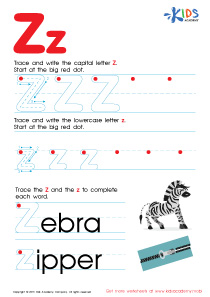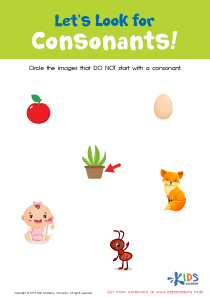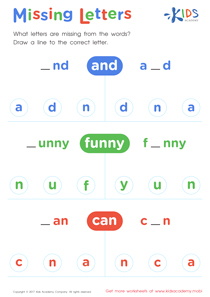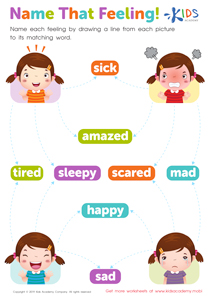Letter recognition Extra Challenge Tracing Letters Worksheets for Ages 5-9
7 filtered results
-
From - To
Introducing our Letter Recognition Extra Challenge Tracing Letters Worksheets perfect for ages 5-9! Tailored for young learners ready to sharpen their alphabet skills, these engaging worksheets add extra fun to letter tracing. Designed to improve handwriting precision, these challenges promote letter recognition and foster a love for learning. Ideal for home or classroom use, each worksheet offers a delightful blend of innovative tracing activities, assuring thorough mastery for each letter. Watch as your child’s confidence and skills soar while they enjoy a unique, stimulating approach to the ABCs. Start enhancing your child's learning journey today!
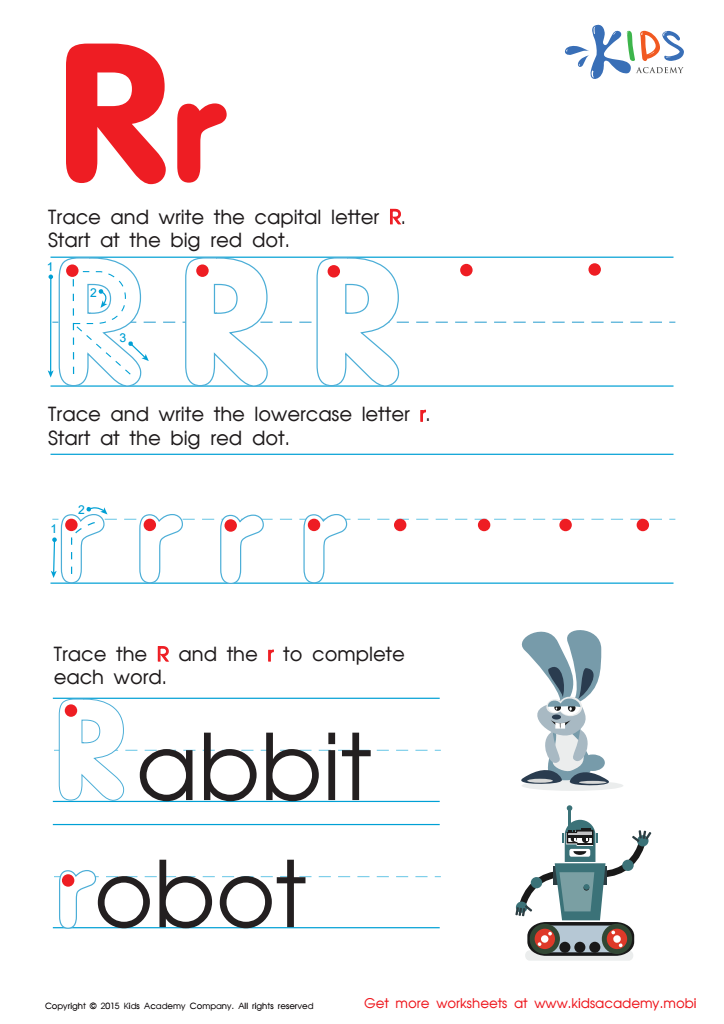

Letter R Tracing Page
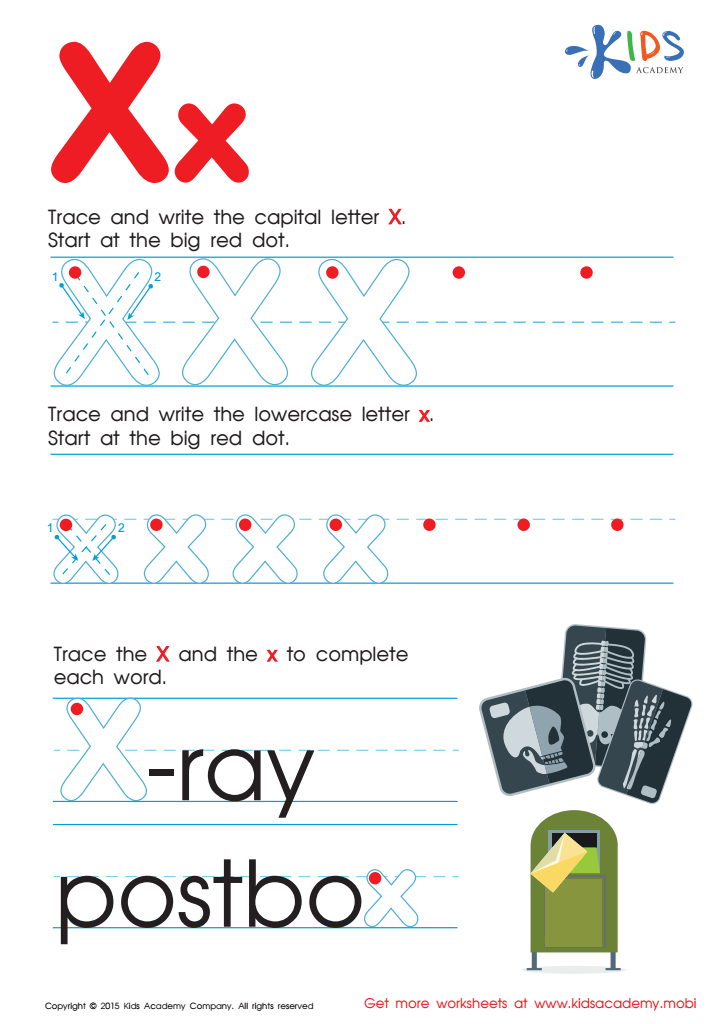

Letter X Tracing Page


Letter U Tracing Page
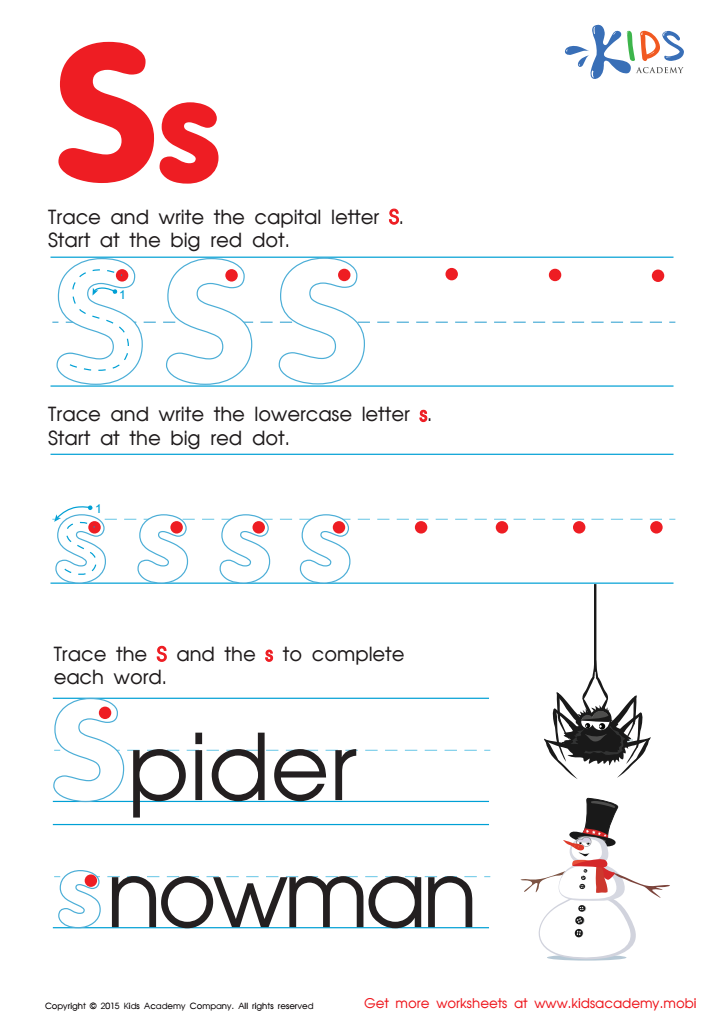

Letter S Tracing Page
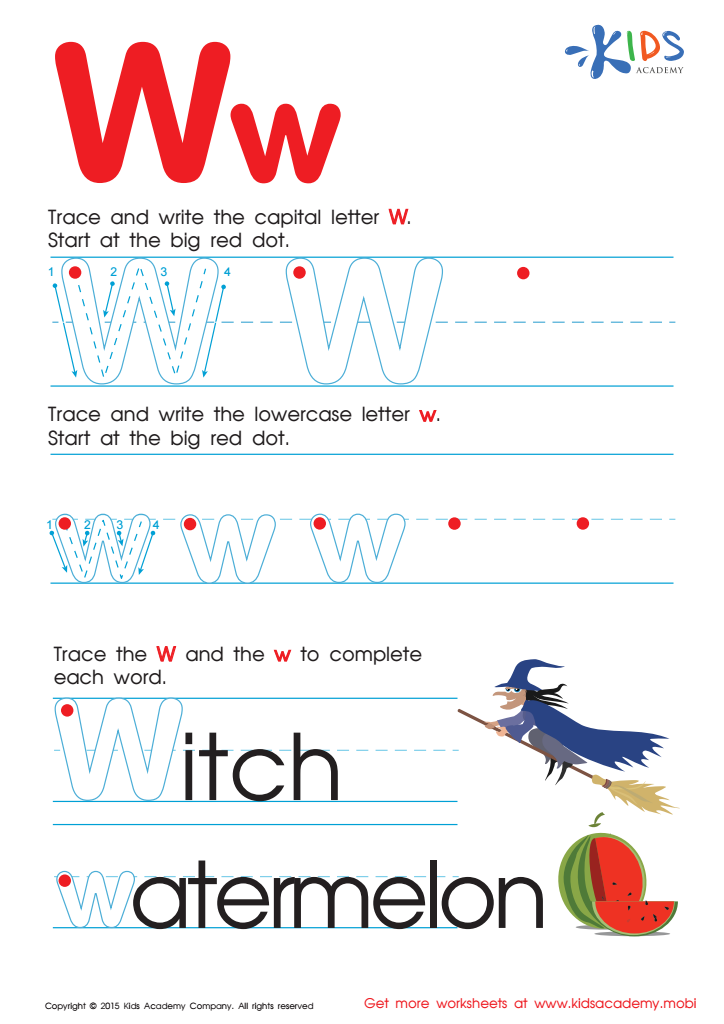

Letter W Tracing Page
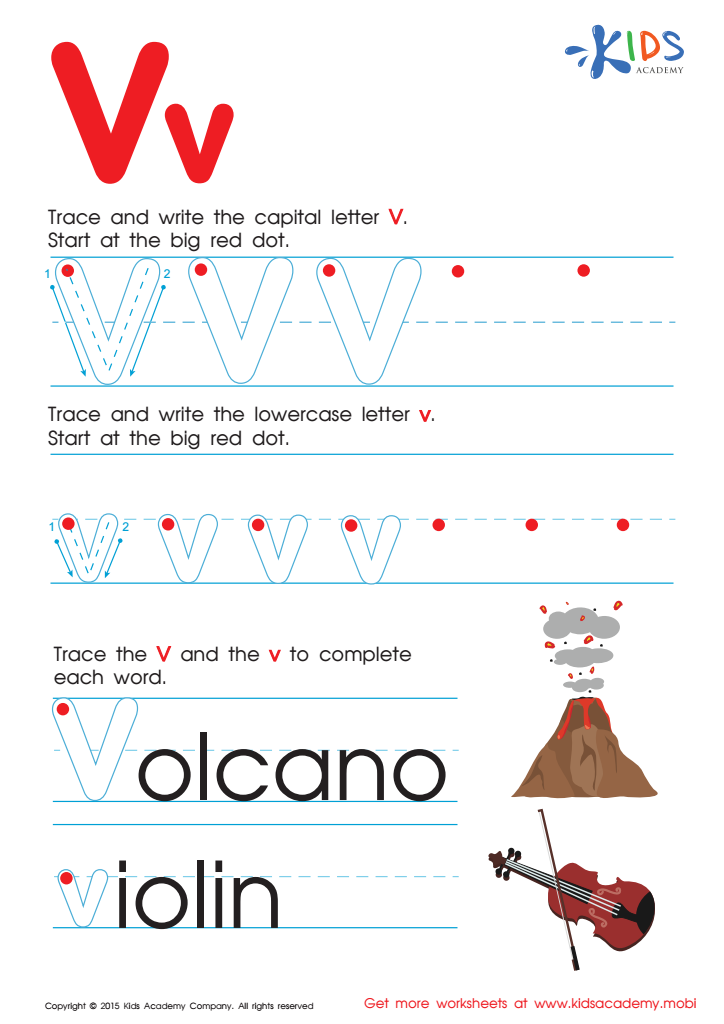

Letter V Tracing Page
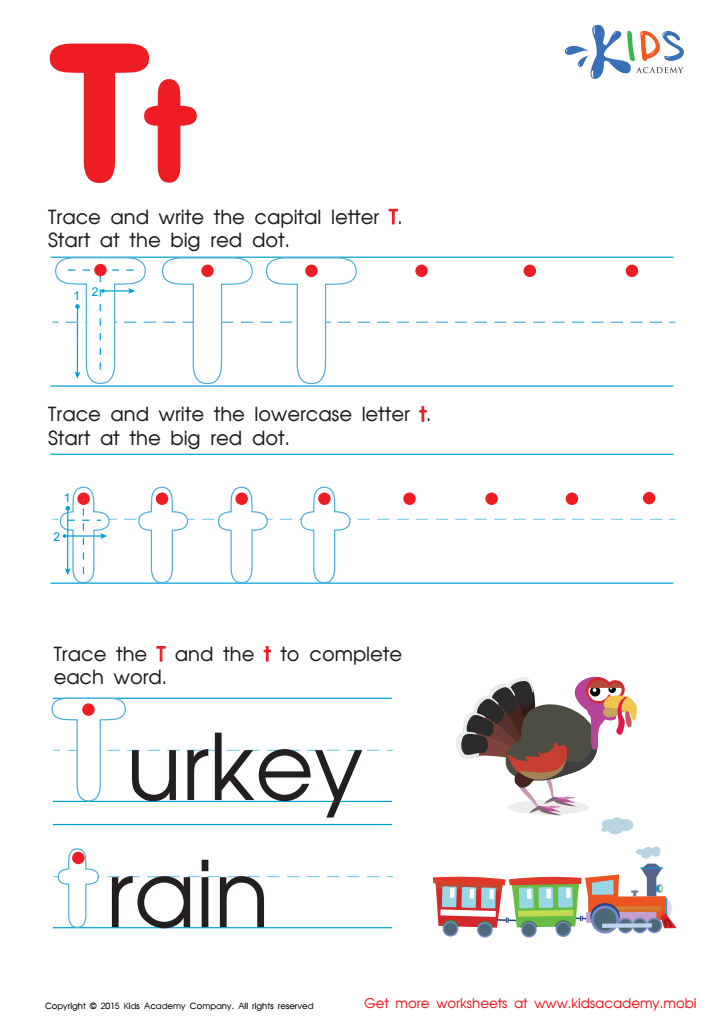

Letter T Tracing Page
Letter recognition is a foundational skill critical for young learners, and engaging activities like Extra Challenge Tracing Letters for Ages 5-9 can have a remarkable impact. For parents and teachers, incorporating such exercises should be a top priority because they set the stage for reading and writing proficiency.
Firstly, letter tracing enhances fine motor skills, key for efficient handwriting. By repeatedly tracing letters, children develop the muscle memory needed to write clearly and fluently. This practice not only bolsters their handwriting but also boosts their overall confidence in performing academic tasks.
Secondly, letter recognition, reinforced by tracing, accelerates reading development. When children are able to identify letters quickly and easily, they can focus more on the meaning of words and sentences, promoting reading fluency and comprehension.
Additionally, structured tracing activities can bridge the gap between recognition and recall. When children trace letters, they form deeper neural connections, making it easier for them to remember and reproduce these letters independently in the future.
Finally, Extra Challenge Tracing Letters introduces an element of fun and engagement, keeping young learners motivated. For ages 5-9, when attention spans can be limited, integrating challenges within learning helps maintain interest and promotes a positive attitude towards education.
Ultimately, letter recognition through activities like letter tracing equips children with essential tools for academic success, fostering their intellectual growth during these formative years.
 Assign to My Students
Assign to My Students













